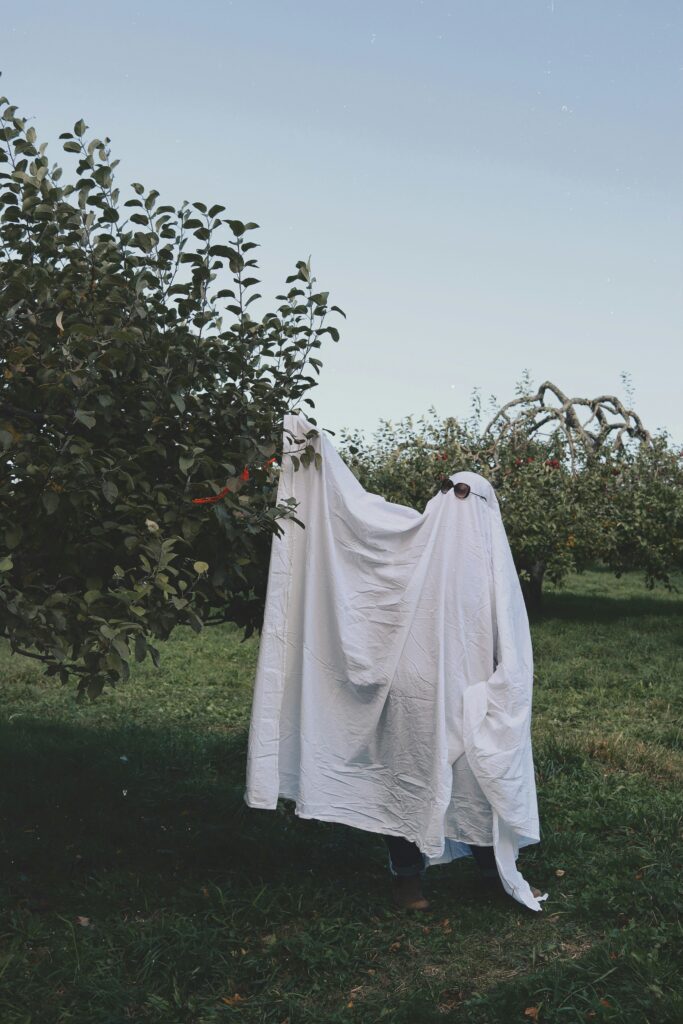Halloween is a time for spooktacular fun, creativity, and community spirit. However, traditional Halloween celebrations tend to not be so environmentally friendly and can have significant environmental impacts. From excessive waste to energy consumption, it’s essential to rethink our practices and adopt more sustainable ways to celebrate. Here’s a guide on how to make your Halloween festivities eco-friendly.
What are the Environmental Impacts of Traditional Halloween Celebrations?

Waste Generation:
- Costumes: Many costumes are made from synthetic materials that contribute to plastic waste. Most of these costumes are worn only once and then discarded, adding to landfill issues.
- Single-Use Decorations: Traditional decorations are often made from non-recyclable plastics or materials that end up in the trash after a single use.
- Candy Wrappers: The packaging of Halloween candies often results in a significant amount of non-recyclable waste, contributing to pollution.
Energy Consumption:
- Decorative Lighting: Many households use extensive lighting displays, consuming large amounts of electricity and contributing to carbon emissions.
- Transportation: Increased travel for events, parties, or trick-or-treating can lead to higher carbon footprints.
Food Waste:
- Halloween parties often involve elaborate food spreads, which can lead to substantial food waste if not planned carefully.
Here are some ideas for more sustainable practices:
Costume Swaps and Upcycling:
- Instead of buying new costumes, organize a costume swap with friends or get creative by upcycling old clothing. This not only saves money but also reduces textile waste. Shop at your local thrift store for awesome ideas or diy your own costume ideas!

Eco-Friendly Decorations:
- Use natural materials like pumpkins, gourds, and leaves for decorations. After the holiday, these can be composted instead of tossed in the trash.
- Make your own decorations from recycled materials or repurpose items you already have at home.

Sustainable Treats:
- Opt for bulk candies with minimal packaging or give out non-candy treats like stickers or small toys made from eco-friendly materials. There is also now a handful of companies that make compostable packaging.
- If you’re throwing a party, focus on using local, organic, and seasonal ingredients to minimize your food’s carbon footprint.
Here are a few treat options that offer biodegradable wrappers and or sustainable practices:

Energy-Conscious Celebrations:
- If decorating with lights, consider using LED bulbs, which consume less energy. Limit your light displays to reduce overall electricity use.
- Encourage your community to organize events that promote walking or biking, reducing the need for car travel.
Waste Management:
- Set up a recycling and composting station at your Halloween gatherings to ensure waste is disposed of properly.
- Use biodegradable plates and utensils if hosting a party, and encourage guests to bring their own reusable containers for leftovers.
Community Engagement:
- Participate in local events focused on sustainability. Many communities host eco-friendly Halloween activities, such as farm visits or nature walks, which can provide fun alternatives to traditional celebrations.
Cheers to a happy and safe and sustainable spooky season!!

Additional resources:
https://www.irtfcleveland.org/news/articles/6-eco-friendly-candy-brands-sustainable-sweet-halloween
https://www.sustainablejungle.com/sustainable-halloween/
https://www.ecofriendlycircle.com/post/eco-friendly-halloween-treats-a-guide-to-sustainable-candy-for-trick-or-treaters

